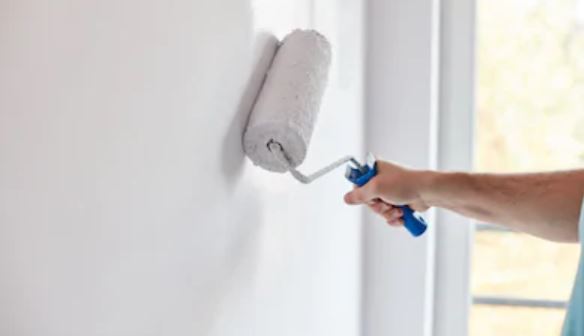
Whether you’re planning to sell or refinance, a home appraisal is a necessary step in determining the true value of your home. This means your home should be in the best possible condition, so it will be appraised at the highest potential value. While it may be tempting to swing for the fences with big-ticket renovations, there are smaller things you can do to efficiently raise the market value of your home.
- Start Small with a Little Spackle
If you’ve lived in your home for any length of time, you’ve probably hung things on the walls, put up shelves, or simply had accidents that resulted in minor damage. Now is the time to repair those blemishes. Filling these holes and crevices with a little spackle and painting over the area will leave your walls looking like new. While this may not boost the value of your home, it will keep the appraiser from deducting for the damage. - As Long as You’re Painting…
After you’ve touched up your walls, you might want to consider freshening up the paint. Repainting worn trim and moldings around the home can give it a fresh look. Venture outside and touch up the trim around the windows and doors too. This will boost curb appeal and help you add value to the home. Any area where the paint is peeling, chipping, or simply has lost its luster should be retouched with a fresh coat. - Do a Deep Clean
This is also the time to really clean your home from top to bottom. If you have young children and pets, there may be odors and damage that might not be noticeable to you, but strong odors and scuffed hardwood floors will be the first things your appraiser notices. Consider hiring professionals to wax the floors, shampoo the carpets, and conduct an intensive cleaning of the entire home. - Be the Buyer
At some point, you should tour your home with the mindset of a home buyer. This will help you identify problems that you live with every day but just don’t notice anymore. Look for things that need to be repaired, such as a loose handrail, a leaky faucet, or a shorted electrical outlet.
By taking the time to spruce up the home ahead of the appraisal, you may be able to increase the value by thousands of dollars. The suggestions offered here should give you a head start, but if you have additional questions on how to add more value to your home, don’t hesitate to reach out me.

